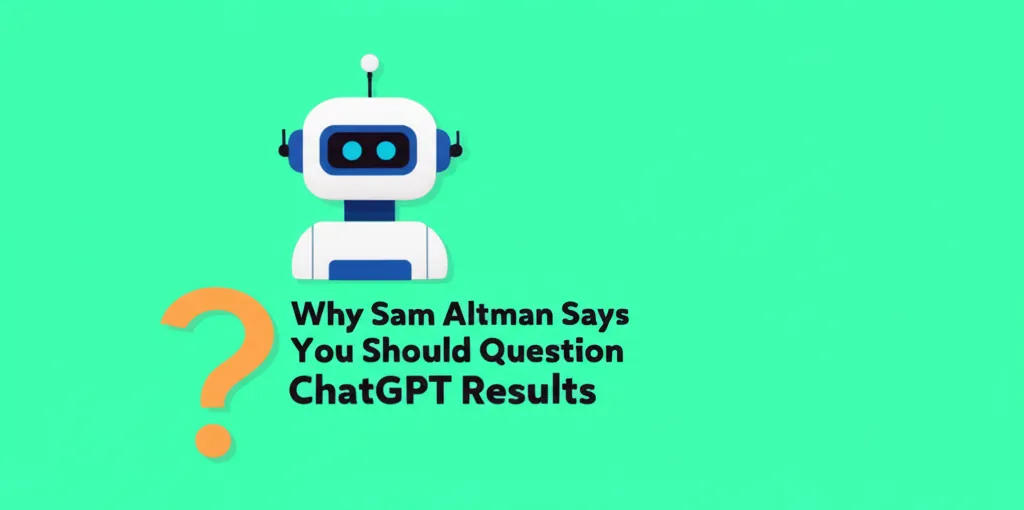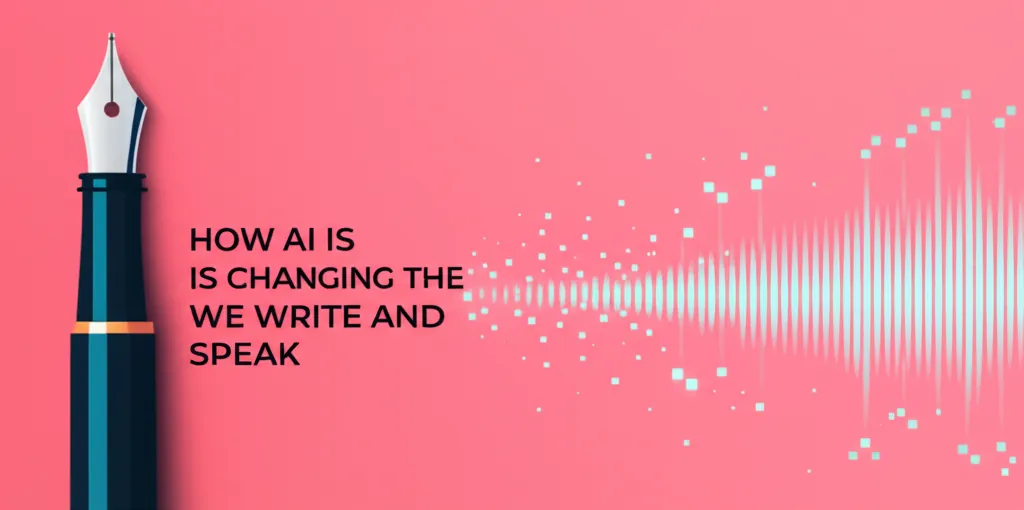A Proactive Guide to AI in the Classroom
Artificial intelligence tools like ChatGPT are no longer on the horizon; they're already in your classroom. Students are actively using AI to help with everything from brainstorming ideas to drafting and editing their work. While the initial reaction might be to ban these tools entirely, this often just encourages students to use them in secret. A far more effective strategy is to be proactive and transparent, guiding students on how to use AI ethically and effectively.
Based on insights from a workshop led by Gregory Cassiere, an Adjunct Instructor and Clinical Supervisor, here’s a practical guide for educators to navigate the new landscape of AI in student learning.
Foster a Culture of Responsible AI Use
Your role as an educator is central to shaping how students interact with AI. Instead of policing, focus on coaching. Here’s how:
- Maintain open dialogue: Talk with your students regularly about what AI can and can't do. Open conversations about the capabilities and limitations of these tools build a foundation of trust.
- Frame misuse as a teachable moment: When a student misuses AI, treat it as an opportunity for learning rather than immediate punishment. Guide them to understand why their use was inappropriate and how to do better.
- Reinforce critical thinking: The best defense against AI misuse is strong critical thinking. Teach students how to evaluate information, question outputs, and ultimately determine when and how AI can responsibly support their own learning process.
Establish Clear and Explicit Guidelines
Students need to know exactly where the lines are drawn. Ambiguity is the enemy of academic integrity when it comes to AI. To provide clarity, implement these practical strategies:
- Create an AI Use Policy: Add a dedicated section to your course syllabus that clearly outlines your rules for using AI tools.
- Require an AI Disclosure Statement: Ask students to include a brief statement with each assignment explaining if and how they used AI.
- Example: "I used ChatGPT to brainstorm an outline for this paper, which I then wrote in my own words."
- Provide Concrete Examples: Show students exactly what you mean. Create a simple chart with side-by-side examples of permitted versus prohibited uses of AI for your specific assignments.
Sample Policy Language: Students are permitted to use AI tools for brainstorming or developing conceptual frameworks. However, all final drafts must be their original work. Any use of AI tools must be clearly disclosed in the assignment submission. Failure to disclose AI usage will be treated as a violation of the academic integrity policy.
Design Assignments That Emphasize Human Insight
The best way to reduce over-reliance on AI is to design assignments that AI simply can't do well. Focus on tasks that demand original thought, personal connection, and creativity.
Ideas for Human-Centered Assignments:
- Incorporate personal reflection: Ask students to connect course topics to their own lives, memories, or real-life experiences. AI struggles to generate authentic, personal content.
- Use project-based learning: Move beyond the traditional essay.
- Have students create a short video, an infographic, or an audio story.
- Ask for multiple drafts and revisions, accompanied by voice memos where they explain their creative and analytical choices.
- Connect to the immediate: Tie assignments to recent class discussions or local, current events that an AI wouldn't have nuanced context for.
- Use specific course materials: Base assignments on interpreting data or analyzing texts provided directly in class, limiting the utility of a general-purpose AI.
A Note on Allowing AI: If you do allow AI, integrate it with a clear purpose. A great prompt for students is: "Use AI to get ideas. Then, in your own words, explain your decisions—what you kept, what you modified, and what you discarded, and why."


